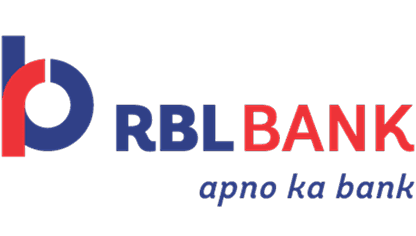For India’s micro, small, and medium enterprises (MSMEs), cash flow is the lifeblood of daily operations. Yet, delayed payments and rigid credit systems often choke liquidity, stalling growth and eroding competitiveness. Enter invoice factoring—a financial tool that converts unpaid invoices into immediate working capital, offering MSMEs a lifeline without the burden of traditional debt.
This article delves into the mechanics of factoring, its transformative impact on MSMEs, and the evolving landscape of smart invoice management in India.
What is invoice factoring?
Invoice factoring is a financial arrangement where businesses sell their accounts receivable (invoices) to a third party (a factor) at a discount. This provides immediate cash flow, enabling businesses to meet operational needs without waiting for customer payments.
Types of factoring
Understanding the various types of factoring is crucial -
Recourse factoring - The business retains the risk of non-payment. If the customer defaults, the business must repay the advance.
Non-recourse factoring - The factor assumes the risk of non-payment, offering more security but at a higher cost.
Domestic factoring - Involves transactions within the same country.
Export factoring - Facilitates international trade by providing immediate funds for foreign receivables.
Spot factoring - Allows businesses to factor individual invoices without a long-term contract.
Benefits for MSMEs
Factoring offers several advantages to MSMEs -
Improved cash flow - Immediate access to funds helps manage day-to-day expenses and invest in growth opportunities.
Reduced credit risk - In non-recourse arrangements, the factor assumes the risk of customer default.
No additional debt - Factoring is not a loan; it doesn't appear as debt on the balance sheet.
Enhanced competitiveness - With better cash flow, MSMEs can negotiate better terms with suppliers and customers.
The Indian context
India's MSME sector contributes significantly to the economy, accounting for approximately 30% of the GDP and employing over 110 million people. However, access to timely finance remains a challenge. Factoring has emerged as a viable solution, especially with the introduction of digital platforms and supportive regulations.
The Trade Receivables Discounting System (TReDS), launched by the Reserve Bank of India, has facilitated the growth of factoring by providing a digital platform for MSMEs to auction their receivables. Platforms like M1xchange have surpassed ₹1,00,000 crore in invoice discounting throughput, indicating the increasing adoption of factoring services.
Challenges and considerations
Despite its benefits, factoring is not without challenges -
Cost - Factoring fees can range from 1% to 5% of the invoice value, which may be higher than traditional financing options.
Customer relationships - In some cases, customers may be uncomfortable dealing with third-party factors.
Limited awareness - Many MSMEs are still unaware of factoring as a financing option.
Conclusion
Invoice factoring presents a compelling solution for MSMEs grappling with cash flow challenges. By converting receivables into immediate funds, businesses can maintain operations, invest in growth, and enhance competitiveness. As digital platforms and regulatory support continue to evolve, factoring is poised to play an increasingly vital role in the financial ecosystem of Indian MSMEs.




 +91 7208055523
+91 7208055523
 Help & support
Help & support
